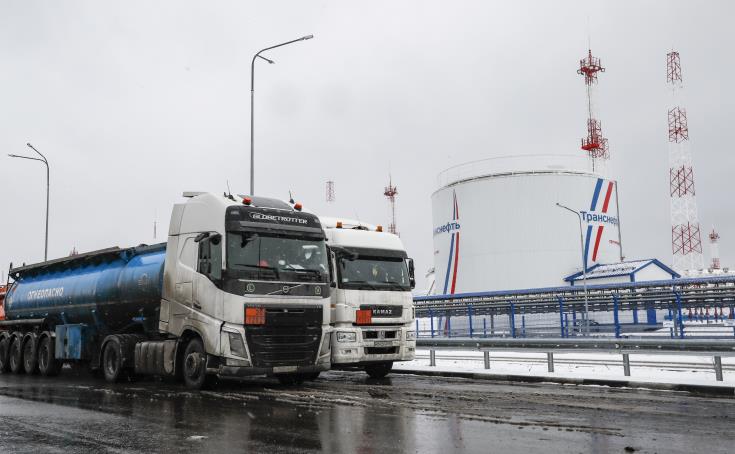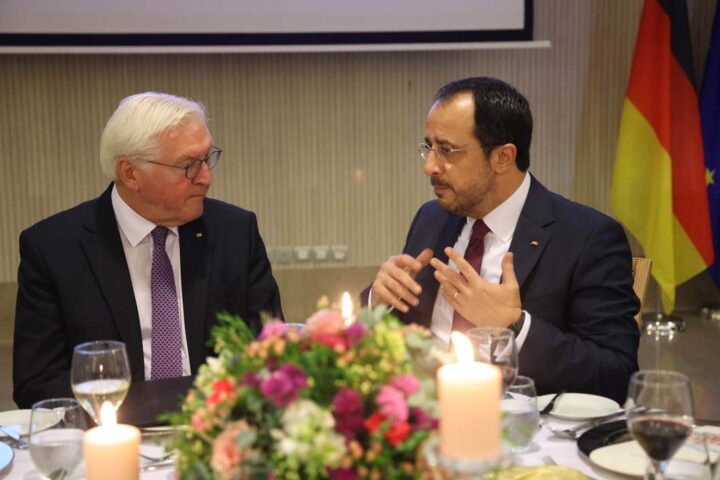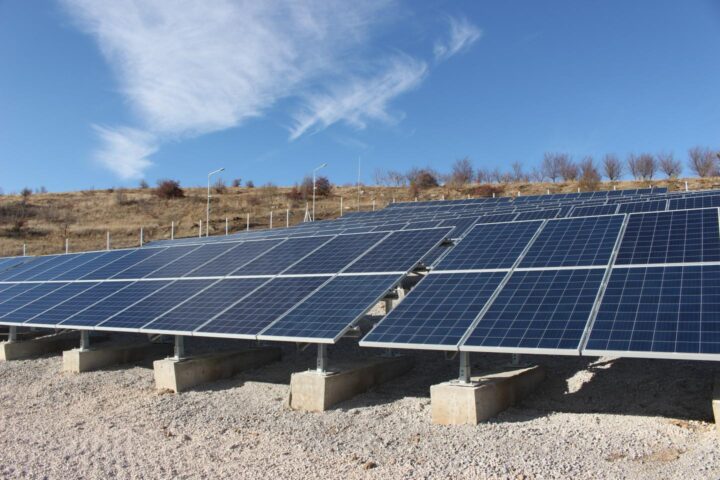The global energy crisis continues with no end as the Russia-Ukraine war moves into winter.
In Europe, natural gas prices have come down for now, but oil prices are edging upwards.
Gas Prices
EU natural gas prices continue falling.
They are now at their lowest level since July but about six times higher than pre-pandemic levels.
The main factors contributing to this are:
- EU stores are nearly full, at about 95%
- Recession is coming to Europe
- Winter is mild… so far
- Some energy price cap is expected in Europe
- Gas consumption in Europe is 12% down
- Higher nuclear power generation from France compared to previous months
- China has been using less LNG and exporting the surplus to Europe
But problems still to come
Some forecasts expect a harsh and calm winter to come early in 2023 – low wind, low hydro, requiring more gas for heating.
- Russia warned it would cut supplies if Europe applied a price cap that affected Russian oil or gas. Qatar has taken a similar position.
- US shale gas producers warned they had reached their production limit. It seems unlikely that the US will be able to avoid a gas crunch this winter.
- Permitting problems in the US are stopping new gas pipelines.
- The energy crisis may worsen next year if the war continues and Russian gas supplies remain constrained or are reduced further.
The more natural gas that utilities use for lack of reliable alternatives, the longer the gas supply challenges, and energy-driven inflation will continue.
It is not surprising, then, that Norwegian energy company Equinor, now Europe’s biggest natural gas supplier, is warning that European gas prices are likely to remain high for years.
It has also warned that price caps will not solve Europe’s underlying supply problem.
“It can be counterproductive, increasing demand while supply remains tight.”
A new survey suggests that the crisis Europe has been bracing for this winter is already here, with ‘social catastrophe’ at Europe’s doorstep as the crisis sees no end and bites.
The survey reports that one in four people say they are in a precarious situation, while most Europeans have already had to make difficult choices because of financial difficulties.
The IMF is warning that the EU is facing tough policy choices.
It must urgently address “a toxic mix of high inflation and flagging growth,” the Fund said.
EU challenges
The EU plans to intensify three lines of action: reducing demand, ensuring the security of supply, and containing prices.
It proposes common gas markets, common gas purchasing, and temporarily replacing TTF with a price containment mechanism, but only under stringent conditions and solidarity regulations.
The intention is to fully capitalise on the negotiating clout of the 27 member states by jointly purchasing gas.
The TTF (Title Transfer Facility) is a virtual trading point for natural gas in the Netherlands.
The EU is also considering a temporary dynamic price limit for TTF transactions in the form of a temporary intra-day price spike cap mechanism to avoid extreme volatility in energy derivative markets.
It is also working on a new benchmark for LNG that more accurately reflects conditions on the gas market to be ready for the 2023 gas storage filling season.
But none of these measures is easy to implement.
There is concern that interfering with gas and energy markets may destabilise them and lead to unwanted consequences.
As a result, the EU has gone for the lowest common denominator as it is proving too difficult to obtain consensus among all 27 member states.
So far, experience is not encouraging – solidarity between European countries is proving to be challenging.
As companies prepare for a long winter, executives and politicians fear a wave of deindustrialisation.
Rising energy prices are currently accelerating an alarming decline in competitiveness.
Another bitter pill for Europe to swallow is that the energy crisis gives the US a chance to woo big European companies.
Reliable and cheaper gas supplies offer the US an advantage in attracting investment.
Ironically, European industry problems are partly caused by expensive US LNG imports.
The combination of falling prices now, with the expected return of high prices later in the winter and the rest of 2023, highlight the limitations of Europe’s storage system.
This has been designed to cope with seasonal variations in gas consumption, not the strategic loss of gas imports due to an embargo, boycott or sabotage disrupting imports or halting them altogether.
It cannot hold enough supplies to ensure sufficient gas in the later part of the season if the winter is unusually cold, wind and hydro are below normal levels or supplies from Russia are halted.
This could eventually lead to much higher prices or even some form of physical rationing to conserve stocks later this winter and later in 2023. The IEA is warning that “Europe is set to face an even sterner challenge next winter. This is why governments need to be taking immediate action” to speed-up energy improvements.
Bloomberg reports that Russian LNG shipments increased in October close to their highest ever and to their highest since March, illustrating how the world is struggling to curb its dependence on Russian supplies.
France, China and Japan were the top buyers of Russian LNG.
But there are signs that some re-thinking is taking place within Europe.
Germany is thinking of breaking its gas-funds pledge made at the UN climate summit to avoid new investments in natural gas projects.
It said, “We reserve the right to do what is necessary to make gas available as an energy source, stressing at all times its transitional nature.”
When will the EU follow Germany?
Dr Charles Ellinas is Senior Fellow at the Global Energy Center, Atlantic Council
Tw: @CharlesEllinas










